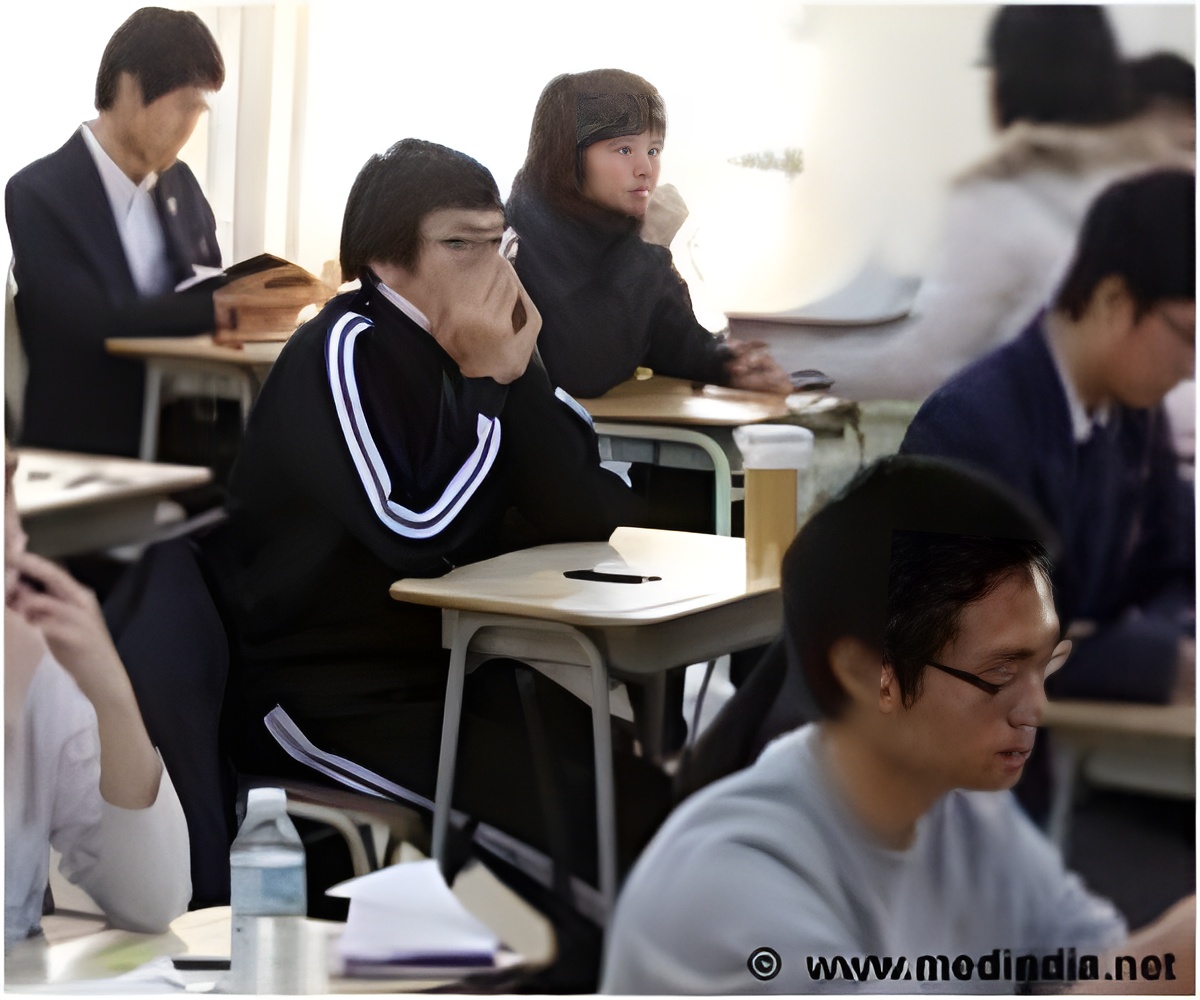New research reveals that the restraint and seclusion of students in U.S. public schools in response to student behavior problems are used much more frequently on students with a disability.

The research is presented in the Carsey Institute brief "Variation in rates of restraint and seclusion among students with a disability." The research was conducted by Douglas Gagnon, doctoral candidate in education at UNH and a research assistant at the Carsey Institute; Marybeth Mattingly, director of research on vulnerable families at the Carsey Institute and research assistant professor of sociology at UNH; and Vincent Connelly, associate professor of education at UNH.
On average across school districts nationwide, there were 2.6 instances of restraint for every 100 students with a disability for the 2009-2010 school year, compared with only 0.1 instances for every 100 students without a disability, the researchers found. Seclusion rates followed a similar pattern.
The researchers found there was wide variability in the use of restraint and seclusion on students with a disability in school districts, with the vast majority of school districts not employing these techniques. According to the researchers, 59.3 percent of school districts report no instances of restraint of a student with a disability and 82.5 percent do not report a single instance of seclusion. However, a small proportion of districts report exceedingly high rates.
Source-Eurekalert
 MEDINDIA
MEDINDIA




 Email
Email




